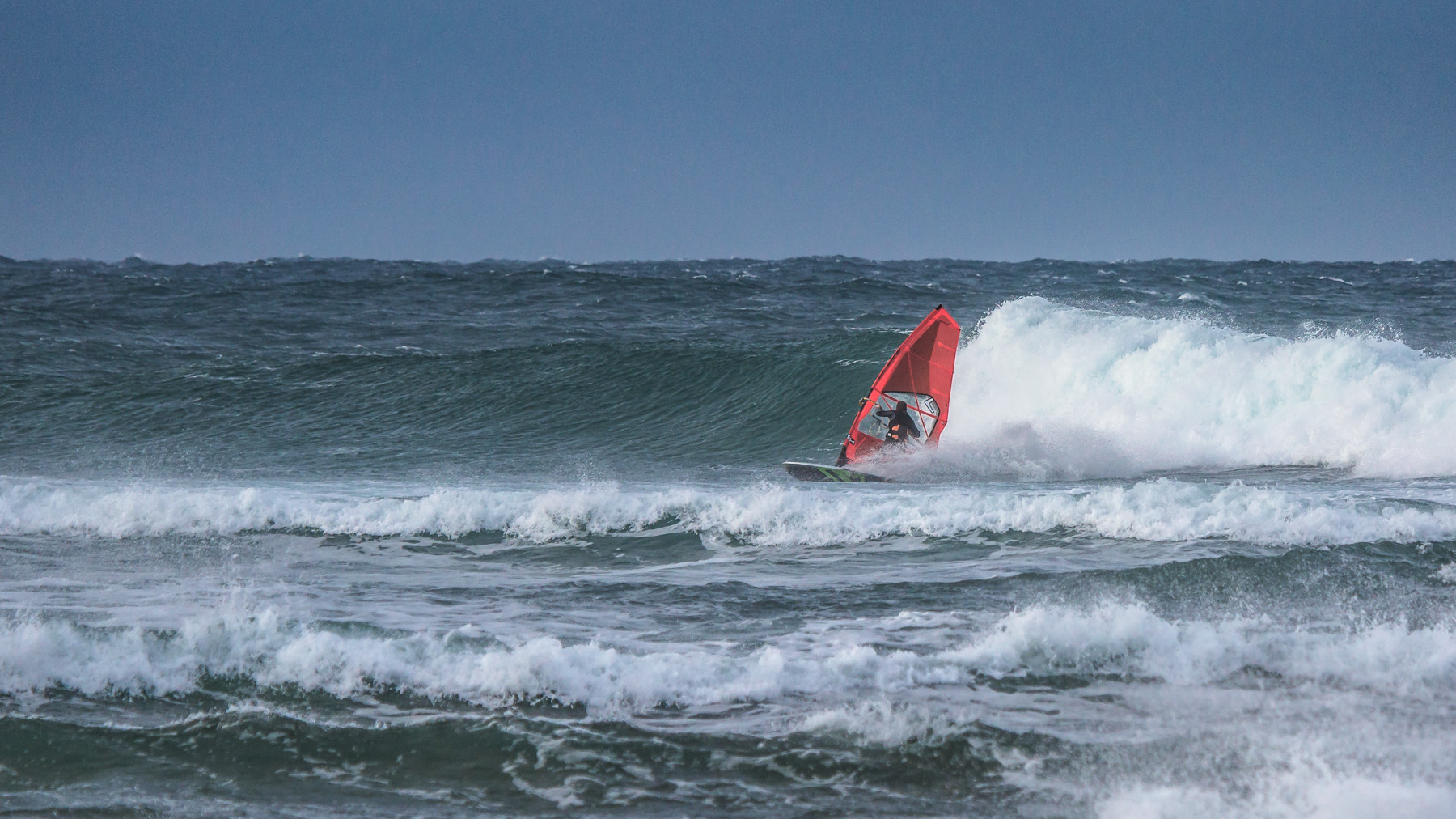
In any event it is a very, very old rule pre-dating the United States so just get used to it. So it makes sense that the starboard side would be favored in the regulations. They go on to say that the starboard side was the favored side where the captain stood. The word starboard comes from Old English steorbord, literally meaning the side on which the ship is steered, descendant from the Old Norse words stýri meaning "rudder" (from the verb stýra, literally "being at the helm", "having a hand in") and borð meaning etymologically "board", then the "side of a ship". Sonic advance: How sound waves could help regrow bones Researchers have used sound waves to turn stem cells into bone cells, in a tissue engineering advance that could one day help patients regrow bone lost to cancer or degenerative disease. This meant that the steering oar (which had been broadened to provide better control) used to be affixed to the right side of the ship. In a research lab at a Melbourne hospital, work is underway to turn biomedical science fiction into reality. You will want to ease the main until the top telltale is flowing more than 50 of the time. If the telltale is not flowing, you have the main trimmed too tight. Now it is time to get that top telltale to flow 50-80 the time. However, similar to now, there were many more right-handed sailors than left-handed sailors. If you suspect the wind and wave state is set to keep on building, it’s always a good idea to change down your headsails first, before you think about putting a reef in the mainsail. As the wind pushes above 10 knots, the main will have lots of flow over it.

This oar was held by an oarsman located in the stern (back) of the ship. Before ships had rudders on their centrelines, they were steered by use of a specialized steering oar.


The origin of the term starboard comes from early boating practices.


 0 kommentar(er)
0 kommentar(er)
